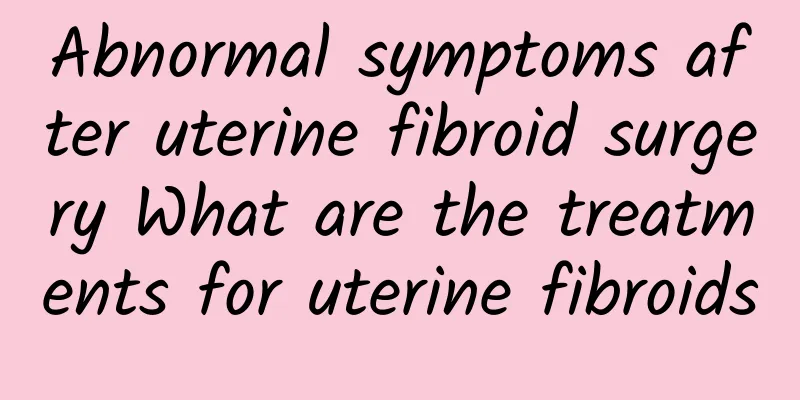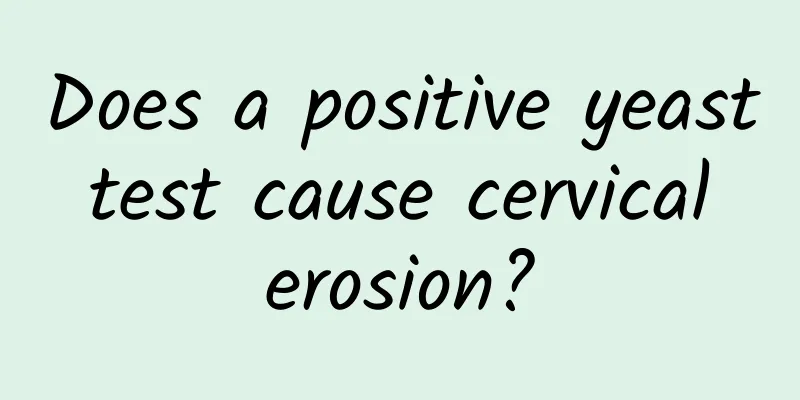How to correctly diagnose ovarian cysts?

|
The diagnosis of ovarian cysts is often difficult or easy depending on the size and characteristics of the tumor. When checking the medical history, you should not only pay attention to the reproductive organs, but also the general condition and the relevant medical history of other important organs; combined with clinical manifestations and physical examinations, in addition to paying attention to the characteristics of the tumor itself, you should also understand the general condition. So, how to diagnose ovarian cysts specifically? Gynecologists have detailed the diagnosis of ovarian cysts: The differential diagnosis of ovarian cysts should be based on the speed of tumor growth, size, characteristics, side, activity, presence or absence of complications, and other auxiliary examinations, as follows: 1. Multilocular mucinous cystadenoma: Although the tumor is large, there are no obvious symptoms. It is cystic and slightly full, and has a slightly irregular shape. 2. Fibroma: as big as a fist, solid, nodular on the surface, floating in the ascites, and with unilateral pleural effusion. 3. Cystic teratoma: same size, solid but soft, grows bilaterally, and has no effect on menstruation. 4. Malignant transformation of benign tumors: If the above situation occurs suddenly and rapidly, and part of the tumor becomes hard (cancerous) or soft (necrosis, bleeding), it changes from being movable to being fixed. 5. Primary malignant ovarian tumor: It is solid at the beginning, grows bilaterally, develops rapidly, and is accompanied by ascites, even edema of one lower limb, malnutrition, and adenocarcinoma is the most common. 6. Gastrointestinal metastases: Gastrointestinal symptoms occur first, and then bilateral ovarian solid tumors are discovered. In general, the diagnosis of ovarian cysts should not only focus on the diseased organ, but also pay attention to other adjacent parts and even the whole body. Only in this way can we accurately judge the condition and take effective treatment measures. If you want to know more about ovarian cysts, please consult on this website. Special topic on ovarian cysts: http://www..com.cn/fuke/ncnn/ |
<<: Experts explain: Are bilateral ovarian cysts serious?
>>: Five self-diagnosis methods for uterine fibroids
Recommend
What are the consequences of strenuous exercise after abortion? What should women pay attention to after abortion?
Many people like sports by nature, and they can&#...
Irregular menstruation may be caused by electromagnetic waves
Irregular menstruation may be caused by electroma...
Body Shaping Tutorial - The Savior for Lower Body Swelling (Part 1)
Office workers sit all day, do they secretly loos...
Is pelvic effusion accompanied by abdominal pain?
Pelvic effusion is a common gynecological disease...
Do menstrual disorders need to be regulated?
Do menstrual disorders need to be regulated? 1. M...
What are the factors that cause vulvar leukoplakia?
What are the factors that cause vulvar leukoplaki...
Two prescriptions for endometriosis
Two prescriptions for endometriosis Endometriosis...
What are the main hazards of cervical hypertrophy
What are the main hazards of cervical hypertrophy...
How should women prevent endometrial thickening?
In recent years, many female friends have experie...
What to do if women have pelvic inflammatory disease and low back pain
What should women do if they have pelvic inflamma...
Is it better for diabetics to eat chocolate in darker colors? Nutritionist teaches chocolate to reduce sugar salad
When it comes to chocolate, most people think of ...
What are the risks of pregnancy with adenomyosis?
What is the chance of getting pregnant with adeno...
What should girls do if they have irregular menstruation? There are two main types of dysmenorrhea
Girls in middle school are disturbed by menstruat...
What causes postmenopausal bleeding?
Female friends will stop bleeding after the age o...
Treatment of complications after abortion
Women may experience some complications after art...









